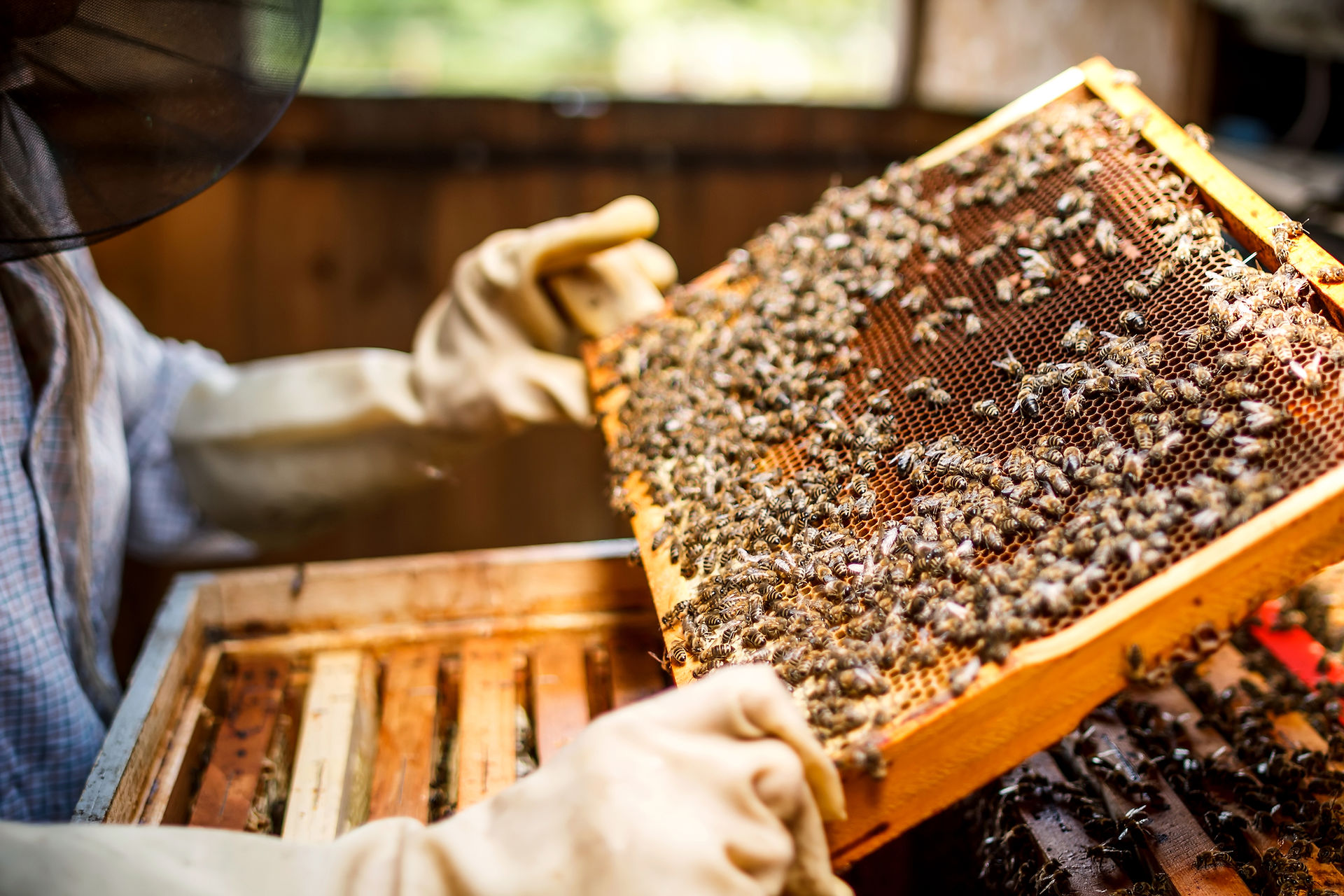

Stark County Beekeepers Association
Learning together to keep healthy, productive honeybees
Varroa Mites
The Varroa mite or Varroa destructor is a parasite that feeds on honey bee larvae and adult bees. They will transmit viruses, with both the mite and the disease eventually weakening a colony of bees to the point of total loss. Many studies have shown that inaction is no longer a viable option to dealing with varroa and its consequences.

Treatment for Varroa mites
There are several tested methods of treatment of varroa mites in a colony of bees. Chemical treatments can be effective in reducing the amount of mites in a hive, most commonly formic acid and oxalic acid, 2 organic acids that can kill varroa with minimal effect on the bees. Chemical treatments vary based on temperature and the state of the colony, making research an important step before choosing a treatment plan.
Selective breeding is being used with some success in battling varroa mites. Honey bees are being bred to show traits such as resistance to varroa transmitted disease, hygienic behavior, even mite-biting! Each new generation of honey bee breeding shows promising changes to the way a colony might be managed without the use of chemicals.
Some beekeepers opt for brood manipulation to reduce mite loads within a hive. Careful planning of brood cycles, the use of drone frames or brood breaks are used to remove varroa from the colony by timing or manual removal. These methods require work and dedication, but can yield great results with minimal outside intervention or equipment.


The Beekeeper's Role
As beekeepers, we are responsible to monitor the health of the hives in our apiaries, and that includes varroa. Regular mite checks and appropriate action not only ensure healthier bees in our own yards, but in those bees in proximity to our colonies. To be successful in beekeeping and maintain healthier bees, we must take the time to educate ourselves and make a plan to care for our bees when the need arises.